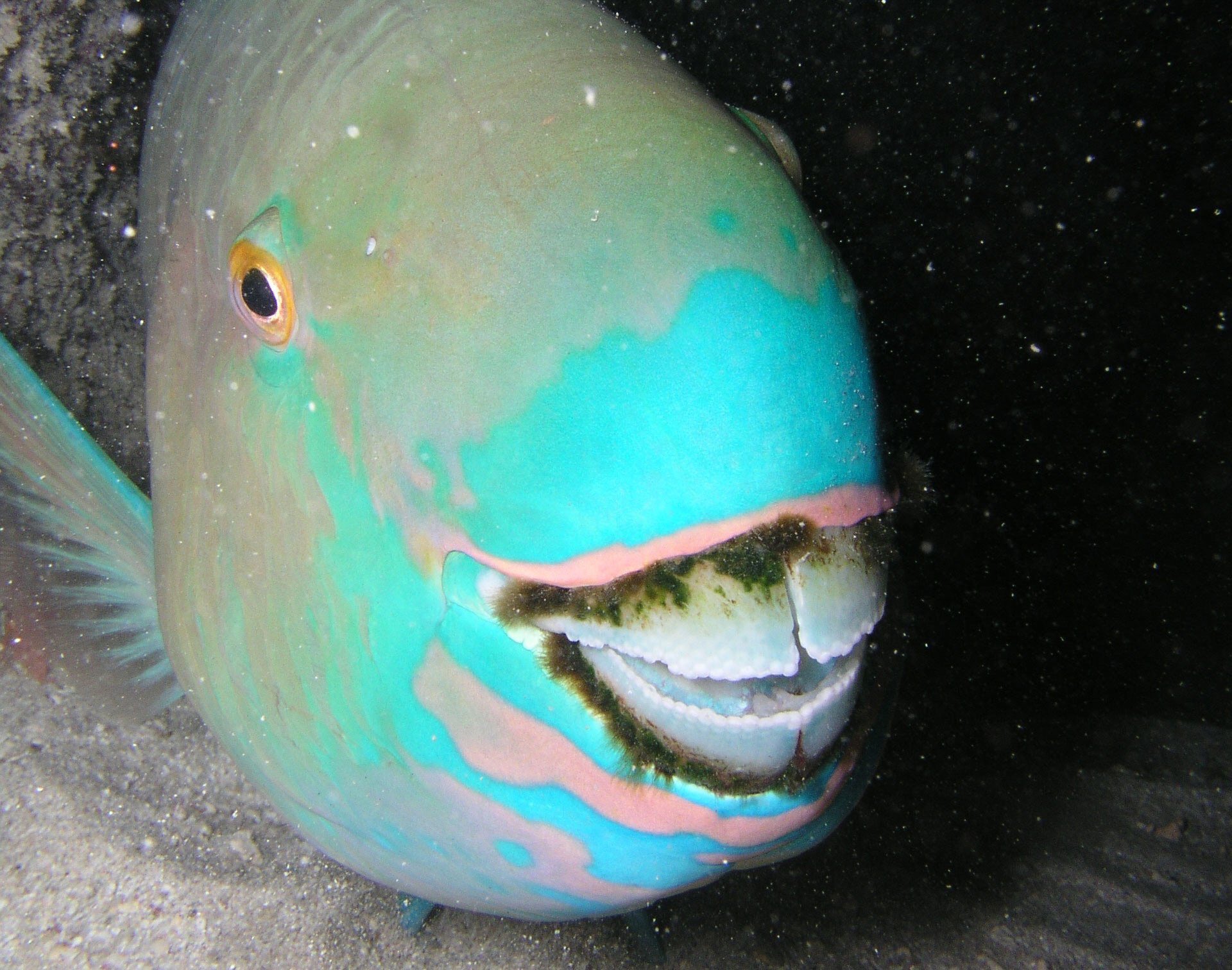
Complete Guide to Hamster Ball Safety: Explore Tips for 2025 Fun!
Hamsters are delightful pets, offering both companionship and entertainment for their owners. A popular and engaging tool for these small animals is the hamster ball, an interactive exercise device that encourages physical activity and exploration. However, not all hamster balls are created equal, and ensuring the safety of your furry friend is paramount. In this comprehensive guide, we will explore essential hamster ball safety tips, benefits, and recommendations to ensure your little one enjoys their exercise time while staying safe.
We'll start by discussing the various features and safety concerns regarding hamster balls. Then, we will cover tips for selecting the right hamster ball, ensuring enriching environments, and exploring exercise opportunities that keep your pet healthy and happy. By the end of this guide, you'll be well-equipped to choose engaging, safe products that promote fun pet games and nurturing interactions with your hamster.

Understanding the Benefits of Hamster Balls
Building on our overview, let’s dive into understanding the multifaceted benefits of using a hamster ball as a part of your pet's playtime routine. Exercise is crucial for maintaining hamster health, promoting physical fitness and preventing obesity.
Exercise for Happy, Healthy Hamsters
Hamsters are naturally active creatures, requiring ample exercise to sustain their energy levels. The use of a hamster ball allows them to explore different environments safely while engaging in physical activity. This not only stimulates their natural exploratory behavior but also aids in maintaining their mental health, keeping boredom at bay.
How a Hamster Ball Supports Behavioral Enrichment
Incorporating hamster balls into playtime can enhance their living conditions and provide essential mental stimulation. These exercise devices serve as interactive toys for pets, encouraging both physical and social play. Allowing your hamster to roam in a ball can foster independence and curiosity, enhancing their overall well-being.
Hamster Health Benefits from Regular Exercise
Regular exercise with a hamster ball facilitates improved circulation, strengthens muscles, and prevents common health issues associated with sedentary lifestyles. The benefits of exercise routines for small pets are evident, as they contribute to happier and longer lives. Hamsters that play frequently tend to display reduced anxiety and stress levels.
Choosing the Right Hamster Ball
With these foundational benefits understood, it’s vital to focus on selecting the appropriate hamster ball that ensures a safe playing experience.
Key Features to Look for in Hamster Balls
When choosing a hamster ball, consider the material used. A lightweight hamster ball made from durable, non-toxic plastic is ideal. Additional features like ventilation holes are crucial for airflow, preventing your hamster from overheating during play. Furthermore, the diameter should be suitable for your hamster’s size to avoid any potential injuries.
Popular Hamster Ball Choices and Reviews
The market offers various hamster ball options catering to different pet needs. Some popular choices include colorful exercise balls, which not only provide engaging aesthetics but also motivate hamsters to play actively. Read reviews on hamster ball types to gauge user experiences and enhance your decision-making process.
DIY Hamster Exercise Balls: Are They Safe?
DIY solutions for hamster balls can be tempting, but they often lack safety features present in commercial options. Ensure that any homemade solution adheres to safety standards, providing your pet with a safe and enjoyable environment for exploration. Always prioritize quality and safety over cost-effectiveness when creating or selecting pet toys.

Hamster Safety Concerns with Ball Usage
Connecting to the topic of ball selection, it's essential to address various hamster safety concerns related to ball usage. Understanding potential risks can help you avoid common pitfalls and ensure your hamster has an enjoyable experience.
Preventing Hamster Ball Paralysis
One primary concern among hamster owners is the risk of paralysis due to improper ball use. To prevent this, ensure that your hamster is accustomed to the ball before introducing them to it. Limit their time inside the ball to avoid exhaustion and always supervise their playtime.
Assessing Safe Play Spaces
Always evaluate the environment whenever setting up playtime with a hamster ball. Avoid areas with stairs, sharp edges, or hazards that could injure your pet. Creating enclosed spaces ensures that your hamster can only explore in a safe, controlled environment, preventing accidents and injuries.
Identifying Health Issues Related to Ball Use
Monitor your hamster's behavior during ball play for any signs of distress or unusual behavior. Hamsters that show signs of lethargy, discomfort, or irregular breathing should be removed from the ball and evaluated. Understanding your pet's limits is crucial in promoting a safe play experience.
Engaging Your Hamster During Playtime
After addressing the safety aspects, let’s explore ways to maximize your hamster's engagement while using a ball, enriching their activities and stimulating their natural behaviors.
Creating Interactive Experiences
Enhancing hamster playtime with interactive elements can spur immense joy and enrich their lives. Consider incorporating tunnels or obstacles they can navigate while inside the ball, fostering excitement. Choose fun hamster products that promote exploration and curiosity among small pet toys. These additional activities create an engaging routine while expanding their exercise capabilities.
Hamster Exploration Tips and Tricks
Encouraging your hamster’s inquisitive nature involves mixing up their environments frequently. Transitioning their play from the floor to a safe space like a carpet can introduce varied textures. Additionally, exploring new areas while in the ball can contribute to an adventurous playtime experience that captivates your hamster.
Fun Hamster Ball Games to Try
Create fun hamster ball games that involve using treats as incentives. Scattering treats along the path your hamster is following can stimulate motivation while enhancing the enjoyment factor. By working on target training, you can effectively use the ball to engage their minds as well as their bodies, ensuring a holistic approach to their playtime routine.
Maintaining Your Hamster Ball
Finally, we cannot overlook the importance of maintaining the hamster ball to ensure its longevity and safety. Proper cleaning and care are essential, contributing to a wholesome exercise environment.
Cleaning Hamsters’ Exercise Balls Effectively
Always clean your hamster ball after each use to prevent the buildup of bacteria. Using a mild soap and water mixture is effective in ensuring optimal hygiene without causing harm to your pet. Rinse thoroughly to eliminate all soap residues, ensuring your hamster maintains a clean and safe play area.
Checking for Damage or Wear
Perform regular inspections to assess if the hamster ball is in good condition. Look for cracks, sharp edges, or any signs of wear that could potentially harm your hamster. If you notice any damages, discontinue using the ball and replace it with a new one to prioritize your pet's safety.
Encouraging Regular Maintenance Habits
Incorporate cleaning and inspection into their routine, promoting a safe environment for your hamster. Teaching your child or family members the importance of proper pet care can empower them to be vigilant in checking their hamster's toys and activities.
For more detailed information, refer to our articles on pet care essentials and hamster health benefits.
Q&A: Common Hamster Ball Queries
This section addresses some frequent concerns and questions related to hamster ball safety and usage:
How long should my hamster be in the ball?
It’s recommended to limit playtime in the ball to about 15-20 minutes, ensuring your hamster can enjoy its effects without leading to overexertion or exhaustion.
Can I use the hamster ball outdoors?
Yes, but it’s important to supervise your hamster closely and avoid placing them in areas where they might Escape or be at risk from predators. Consistent monitoring is crucial to ensure their safety.
What is the best hamster ball size for my pet?
Choosing the right size depends on your hamster breed—dwarf hamsters require smaller balls, while larger hamsters need more spacious ones to move comfortably. Always consider your hamster’s size and comfort when selecting a pet exercise ball.
Are there any age restrictions for hamster ball usage?
Young hamsters or those with health issues should be introduced to balls cautiously. Always consult your veterinarian for specific advice regarding younger pets or those with medical conditions.
Is every hamster ball safe for my pet?
No, it's essential to research and read reviews before purchasing. Prioritize hamster balls that promote safety features like ventilation and durability while ensuring they’re made from non-toxic materials.
By implementing these safety tips and understanding the various aspects of hamster ball use, you are now equipped to provide an exciting and safe exercising experience for your beloved hamster. Embrace the joy of keeping your little friend engaged while ensuring their overall well-being!